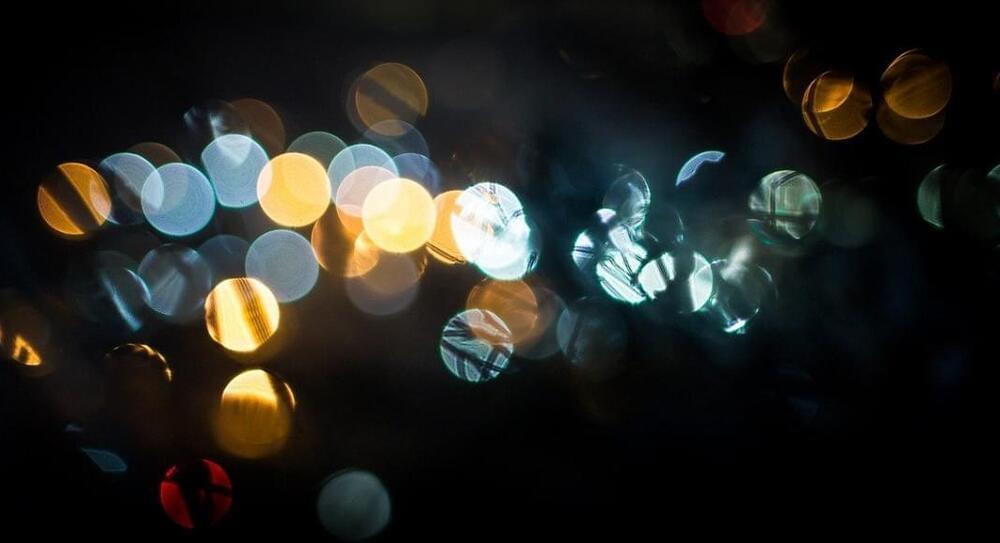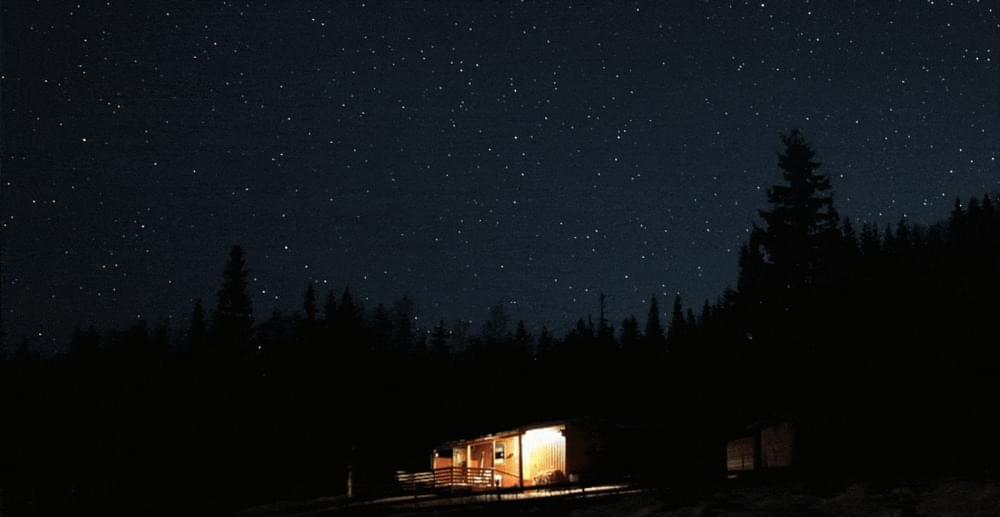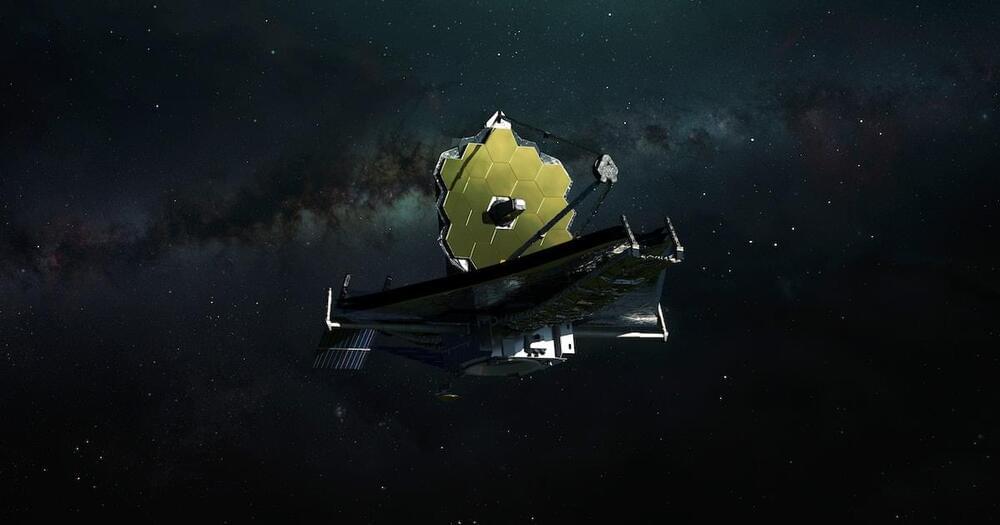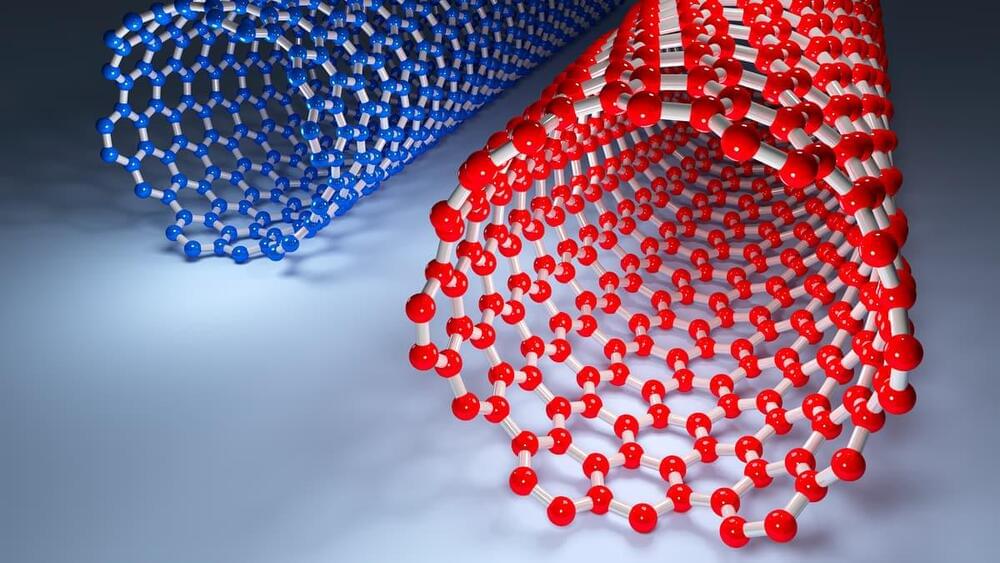For the memory prosthetic, the team focused on two specific regions: CA1 and CA3, which form a highly interconnected neural circuit. Decades of work in rodents, primates, and humans have pointed to this neural highway as the crux for encoding memories.
The team members, led by Drs. Dong Song from the University of Southern California and Robert Hampson at Wake Forest School of Medicine, are no strangers to memory prosthetics. With “memory bioengineer” Dr. Theodore Berger—who’s worked on hijacking the CA3-CA1 circuit for memory improvement for over three decades—the dream team had their first success in humans in 2015.
The central idea is simple: replicate the hippocampus’ signals with a digital replace ment. It’s no easy task. Unlike computer circuits, neural circuits are non-linear. This means that signals are often extremely noisy and overlap in time, which bolsters—or inhibits—neural signals. As Berger said at the time: “It’s a chaotic black box.”





